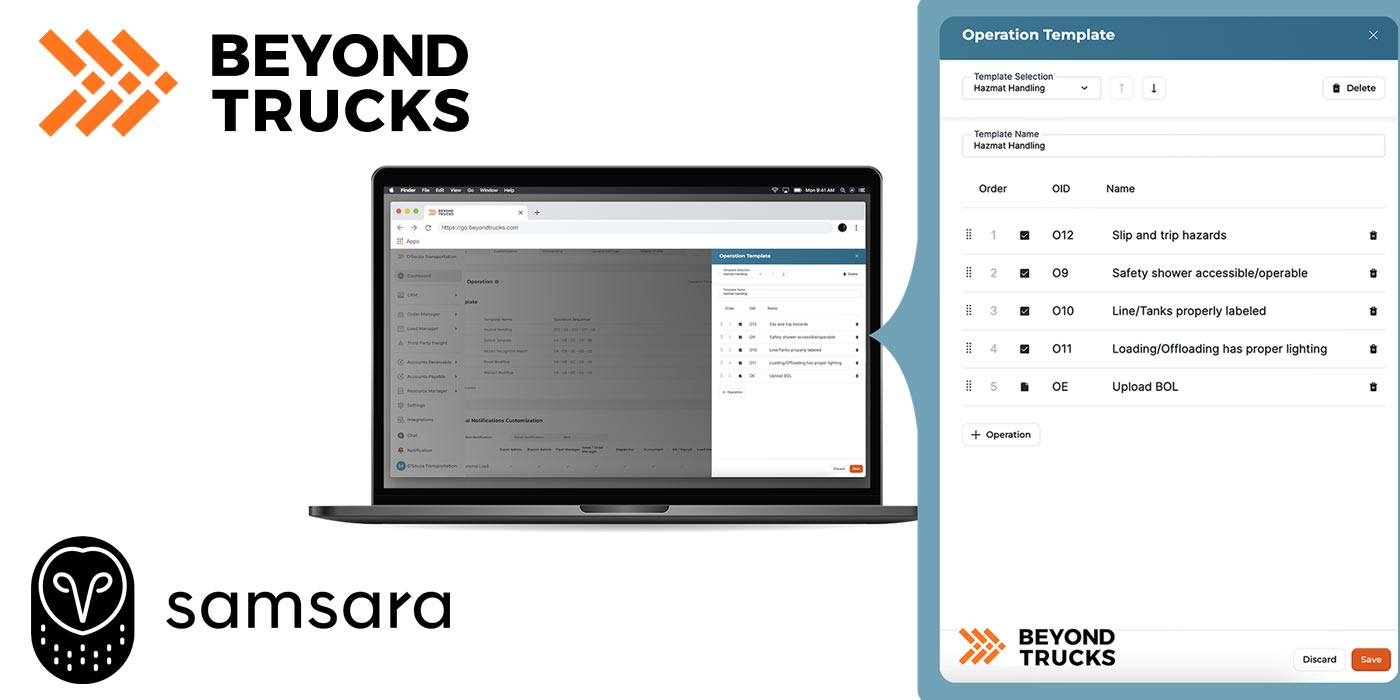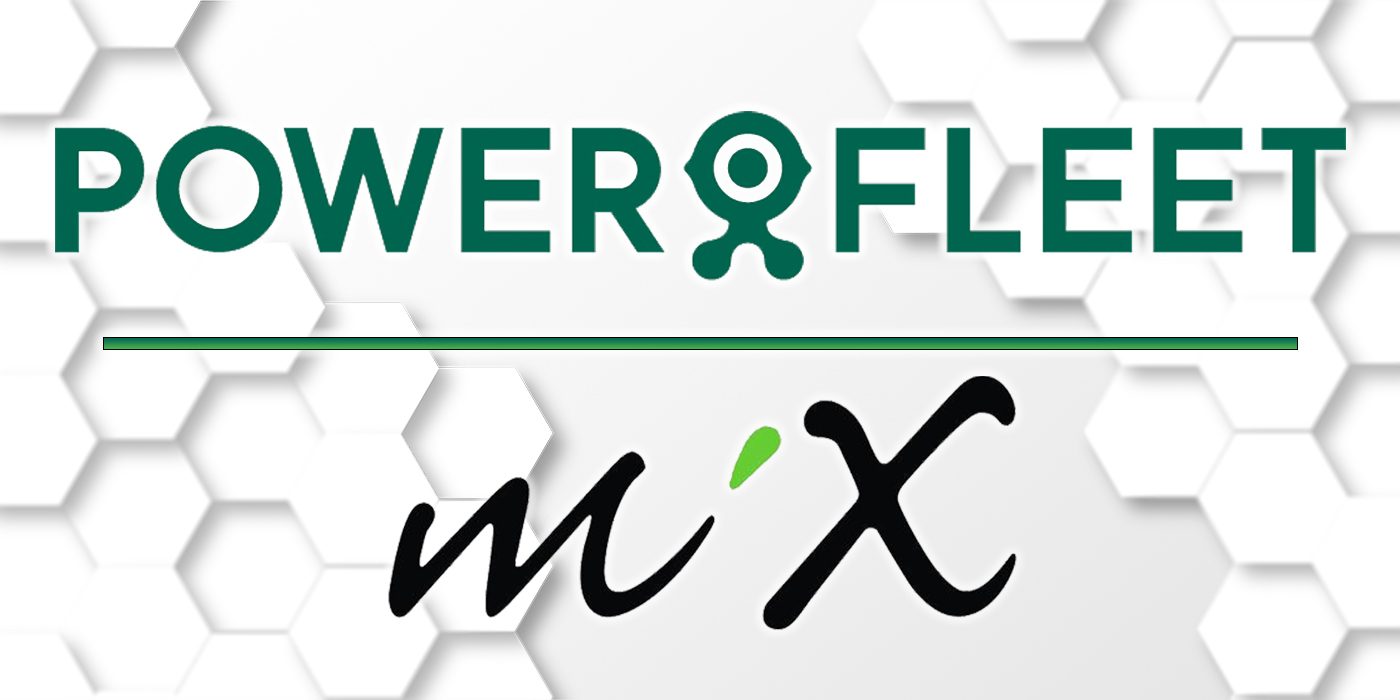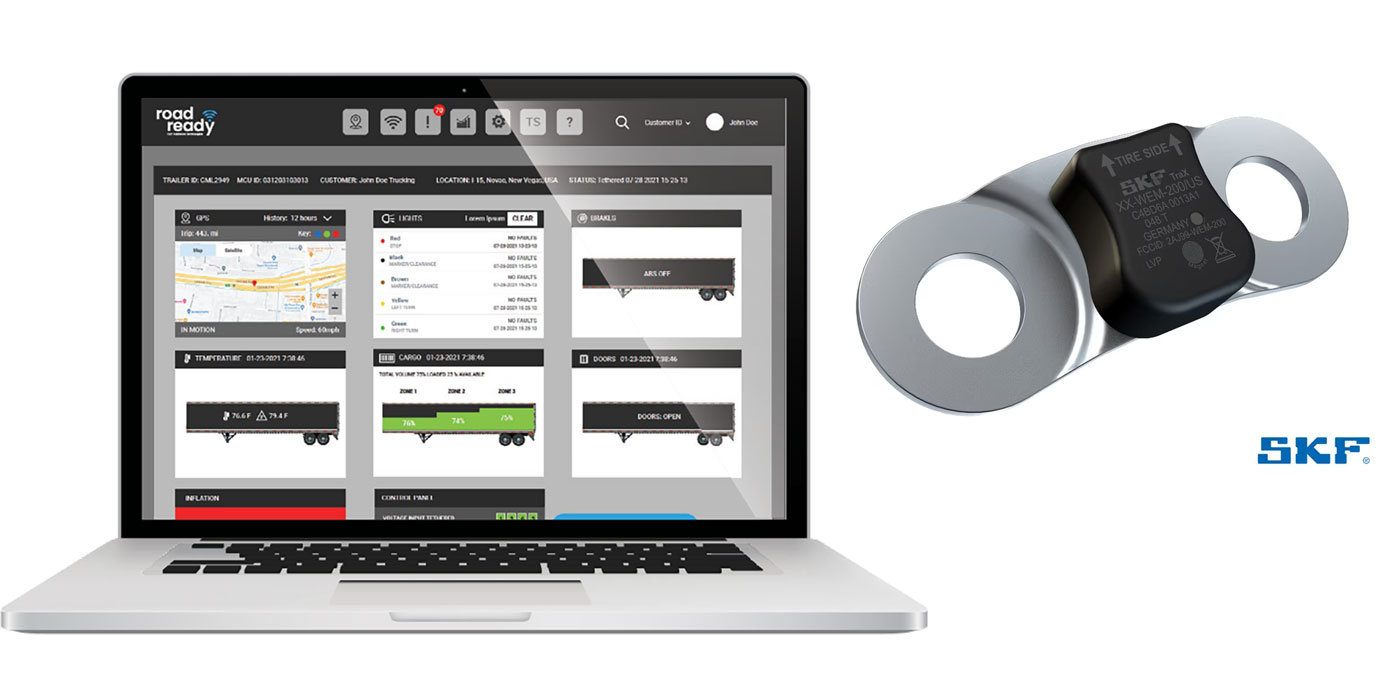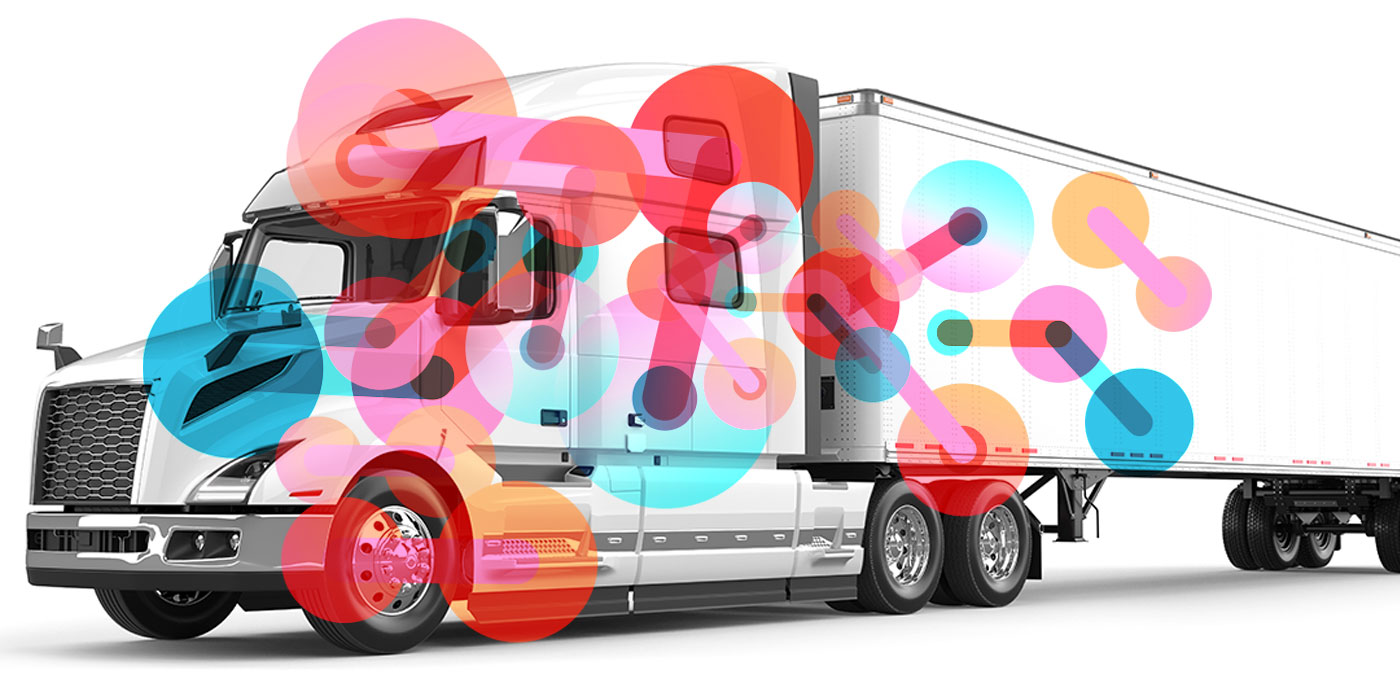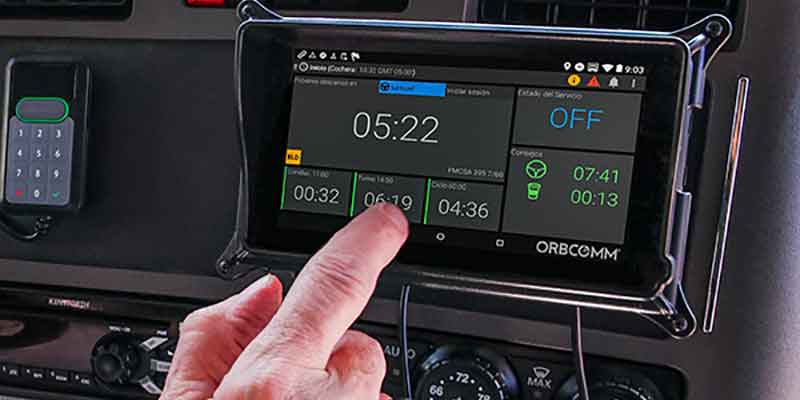
Our top technology sources provided far more ELD buying advice ahead of the Dec. 16 full compliance date, which means that AOBRD are no longer a compliant ELD mandate device. Check out even more tips for ELD buying below and then head over to our first round of ELD buying advice by clicking here.
There is massive value in the data
ELDs aren’t just logging hours. Many devices are also fully capable telematics systems that you can leverage to boost your efficiency and productivity. Transflo, for example, collects engine data, GPS data, accelerometer data, and even more data points that go beyond ELD compliance, and then turn ROI-boosting solutions back over to you, the fleet.
“These large datasets are vital in providing the best data services to our customers, allowing them to improve operations and performance across a fleet,” said Douglas Schrier, Transflo vice president of product and innovation. “Driver performance management, accident reconstruction, preventive maintenance, etc., all have large impacts on operational costs.”
The devil in the ELD details
“Fleets switching from AOBRDs to ELDs report missing the flexibility they had to change the speed/time/threshold setting for drive-line status,” said Scott Stofer, director of product management for Orbcomm. “In addition, the restrictions imposed by the mandate on the editing of Automatic Drive times means drivers can no longer edit the drive time if they accidently exceed the 5 mph threshold or if they forget to log out of the ELD and the next driver drives on their logs.
“Our suggestion is to move the AOBRD threshold down to 5 mph in advance of the ELD conversion and start the training and the policies to re-enforce properly logging in and out of the vehicle. This will allow fleets to review operational impacts before the forced implementation and will give your operation time to adjust accordingly and train drivers fully.”
Tackling ELD technology’s six challenges
Stofer detailed the most common driver-facing challenges and potential solutions to put in place:
• Rule sets: Drivers need to be able to communicate basic data about the ELD, the carrier, license, rulesets and exemptions if applicable.
• Log edits: Ensure your drivers know how to access logs, add and edit events, add remarks and certify your logs. Drivers also need to see where to review, accept or reject suggested edits by carrier administrators. The driver has a greater responsibility in the maintenance of logs then they did with an AOBRD.
• Unassigned driving: Drivers will see unidentified driving events on login. They need to be able to find them on the ELD and accept or reject them. Administrators need to have policies and procedures in place to ensure the driver is logging in correctly and that they are monitoring and managing unidentified driving in a timely manner.
• Roadside inspections: Drivers need to be able to show compliance officers how to inspect their RODS records including graph grids, events and unidentified driving, and to be able to transfer RODS data by web services or email.
• Yard Moves: Carriers need to implement and outline in advance the company policy around the use of Yard Moves. You will need to let drivers know if, where and in what circumstances they are eligible to use this status.
• Personal conveyance: Carriers need to implement and outline their personal conveyance policy to drivers, defining and demonstrating examples of what is permissible as personal conveyance and what is not.
• Malfunctions: Managers should ensure drivers know to recognize a diagnostic event, distinguish events from malfunctions, and how to report malfunctions within 24 hours to the carrier. Drivers will also need to keep paper logs. If drivers are unable to retrieve logs from the previous seven days from the ELD, they will need to recreate their RODS on paper for the current 24-hour period and the last seven days.
If you missed it, here’s our first round of ELD buying advice:

